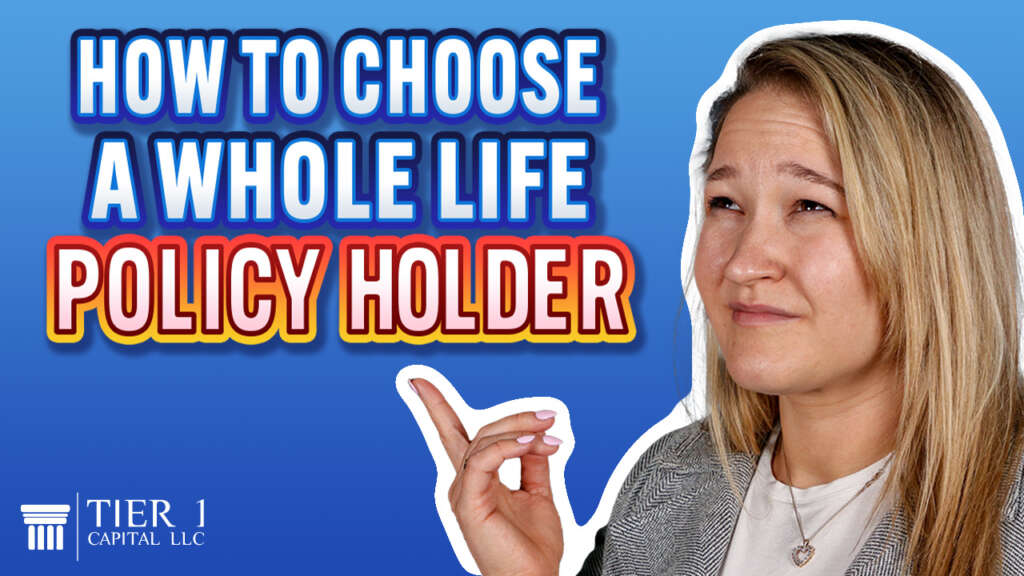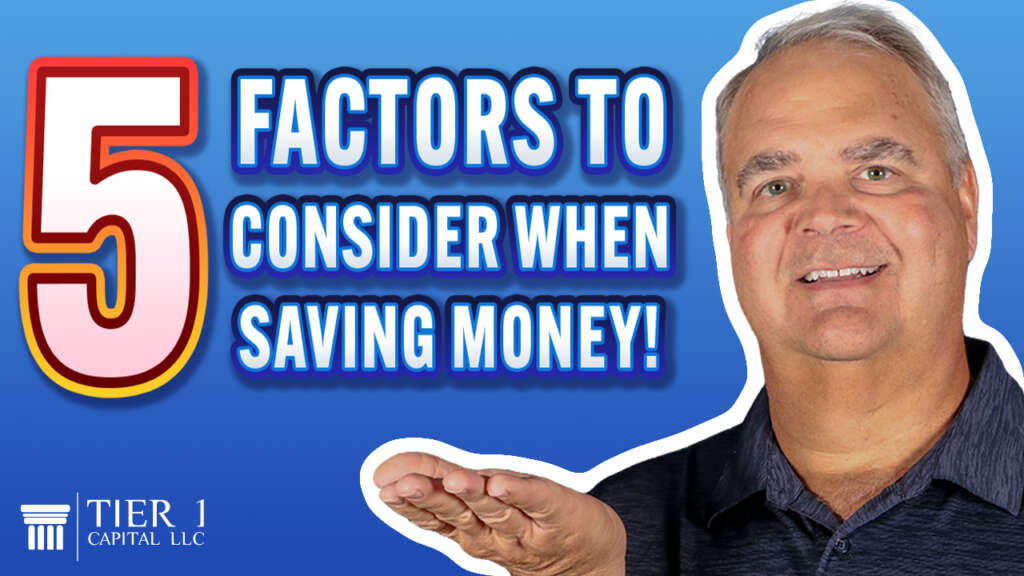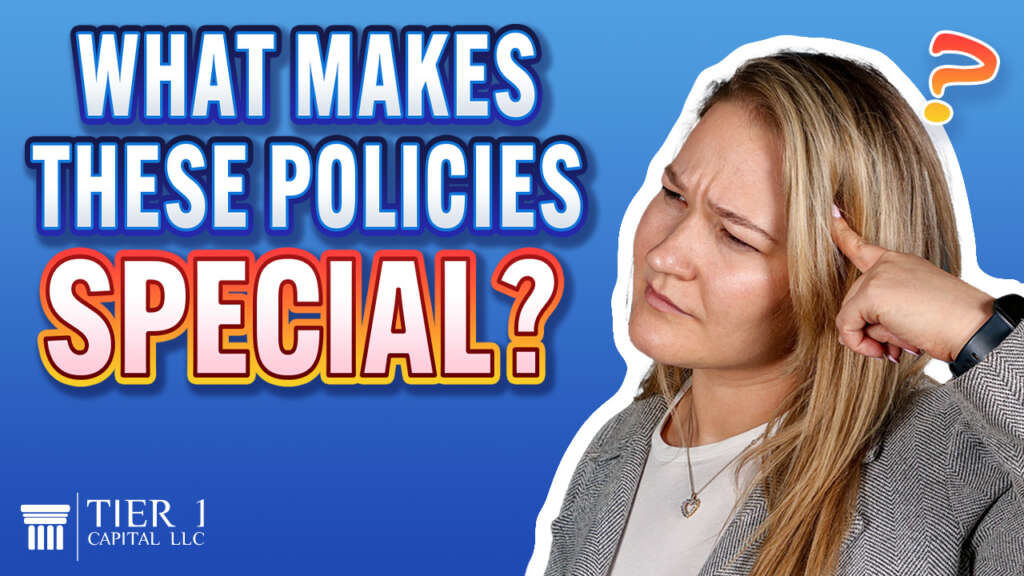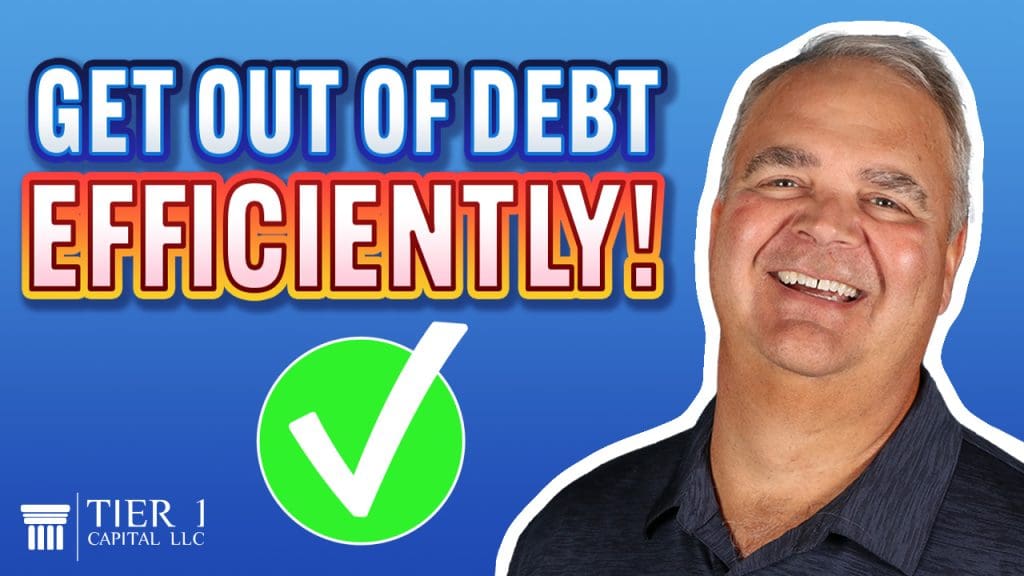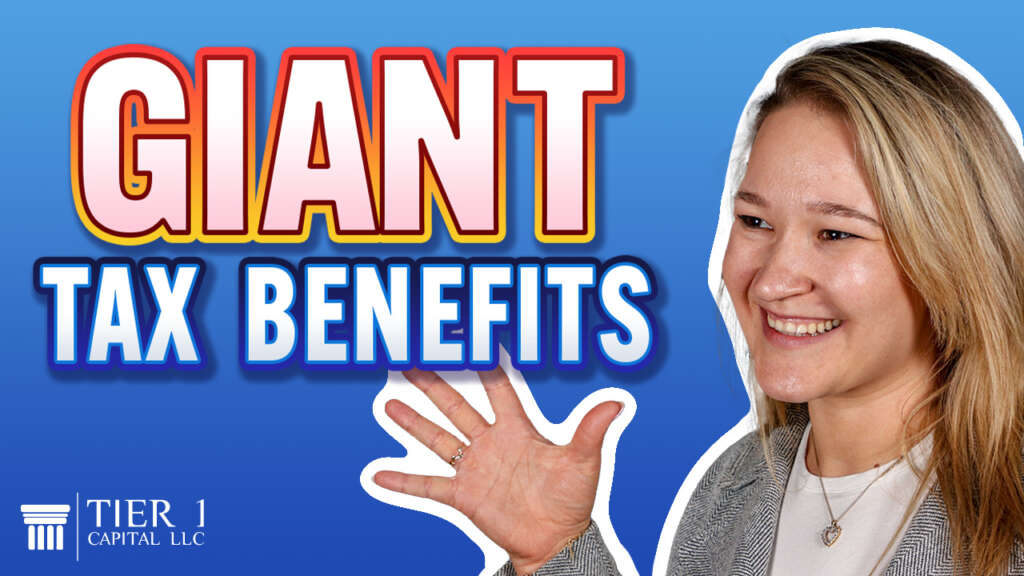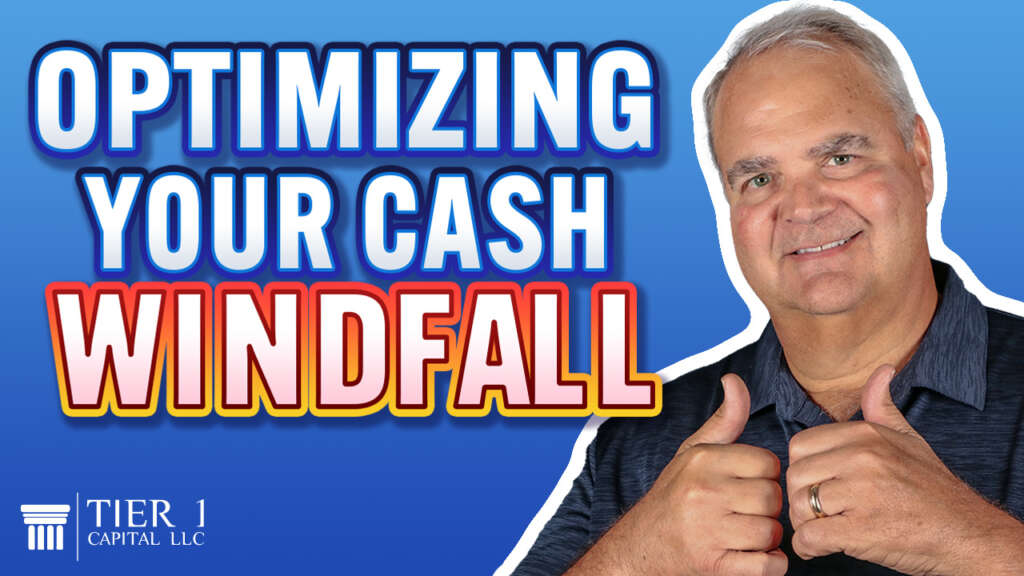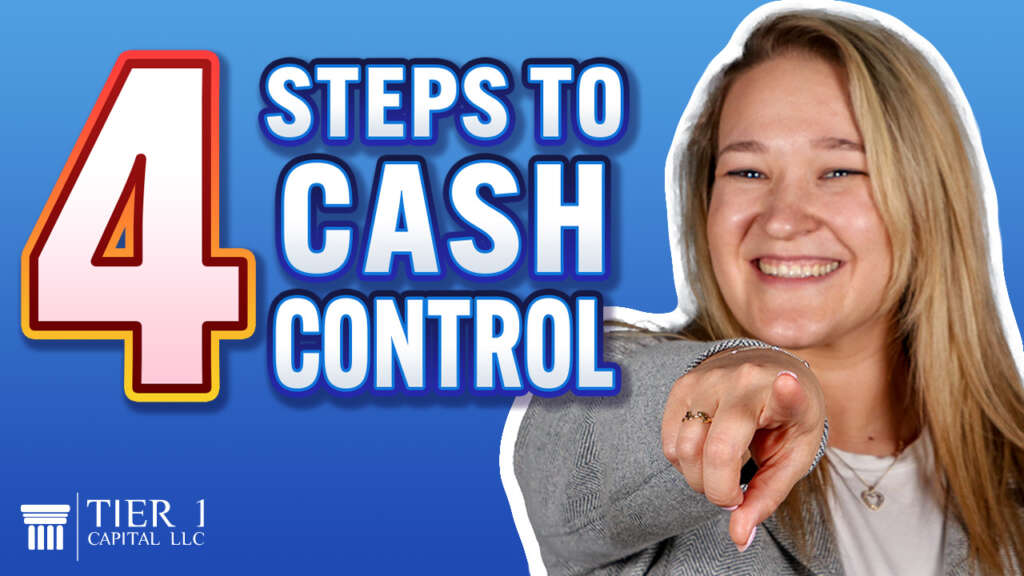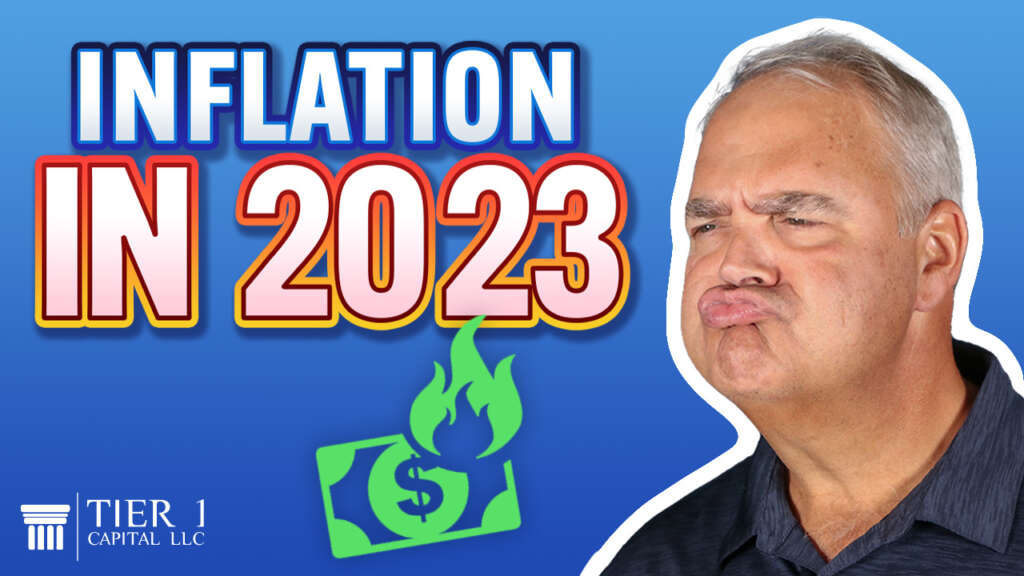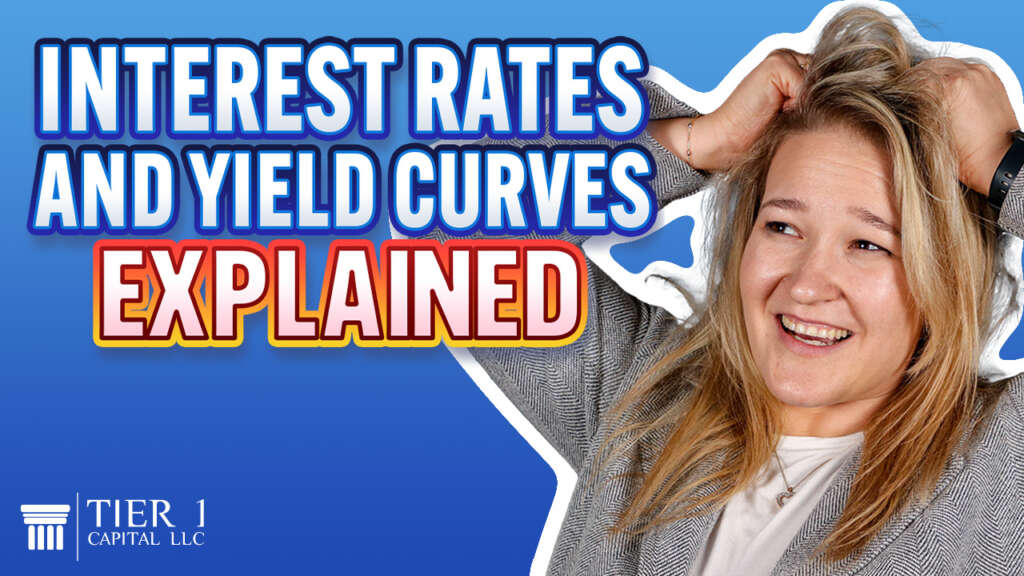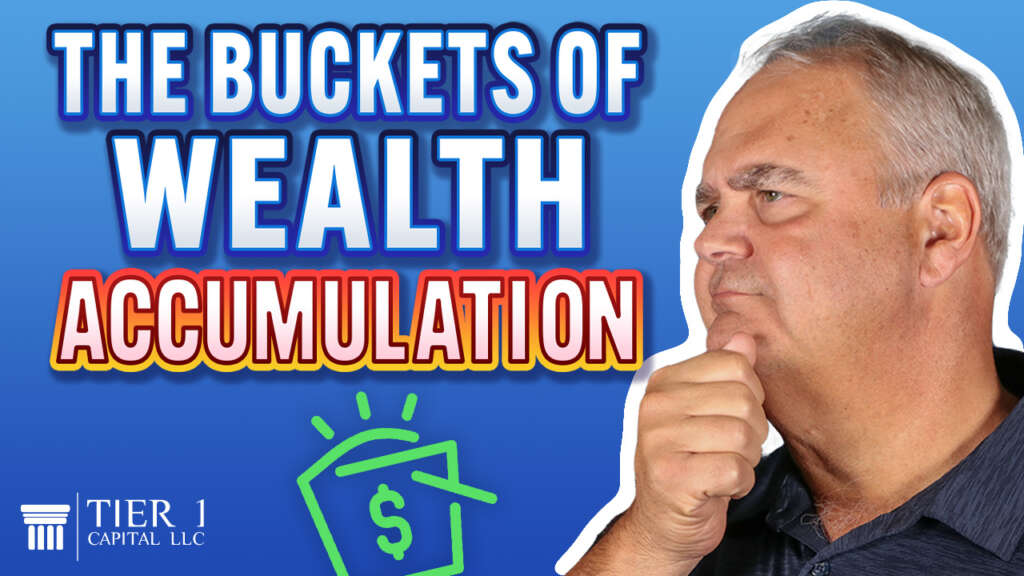
When accumulating assets for your future. There are three buckets where you could store your money, so hopefully it grows. Most people don’t realize they can choose whichever bucket they want their money in. What bucket are you saving in and does that match up to the bucket you want to be saving in?
So here’s a picture of a cake. We’re going to call it your money cake. It is literally all the money that you have accumulated for your retirement. And not only that, all of the money that you will accumulate throughout your lifetime.
I’m going to take the knife and make the first cut into your money cake. I’m going to hand you back the knife and you’re going to make the second cut. And that second cut is going to depict the amount of your money cake you want exposed to taxation.
I bet that’s a pretty small slice you just cut in your head. You want to keep as much of your assets for you, your business and your family as possible. That’s the name of the game here. Why are most of the choices you’re making exposing your money to unnecessary taxation?
Let’s start with the first bucket: always taxable. What does that even depict? Always taxable money is money that you’re putting into your pretax retirement savings. It’s things like IRAs, 401Ks, 403Bs. You see, these accounts are advertised as tax deferred, meaning you get to pay the taxes in the future. But in essence, it’s just postponing the tax. But not only that, also the tax calculation. And let me ask you this. Do you think taxes are going up or down in the future?
We’re over $31 trillion in debt as we speak. Do you think our government is going to need more money or less money to provide the services that they’re currently providing, let alone paying the interest on that debt?
Another thing to consider with this always taxable bucket is you’re getting a tax deduction now on the contribution, the seed. But in the future, when you’re taking the money out, you’re being taxed on the accumulation value, the harvest.
That brings us to our second bucket: sometimes taxable. This is money that you have saved. But at the end of the year, the institution where you have the money parked is going to give you a 1099 or a capital gains statement. This would include mutual funds, brokerage accounts, anything that’s not in your retirement account and even savings accounts if you’re earning any interest on them.
With this type of account, your taxes are paid each and every single year. However, most people don’t even realize it’s because the taxes are typically paid out of cash flow versus deducted from the account. So that account is able to accumulate. When you get a 1099 for interest or dividends or capital gains, that reduces the amount of tax refund you would get or increases the amount of taxes you have to pay. Doesn’t that reduce your lifestyle? Are you okay with that? So on paper, it looks like you’re earning this great high rate of return, but it does not account for taxes.
This brings us to our third bucket: taxed never. These are accounts like Roth IRAs or cash value life insurance where you can access the cash on a tax favored basis so you’re not unnecessarily paying taxes that you don’t want to or more importantly, you shouldn’t have to pay.
Now, the way you get money into these accounts is with after tax dollars. After your money is taxed and put into these accounts, they’re able to accumulate on a tax favored basis. This allows you to accumulate more wealth with more tax benefits so that you’re able to keep the government’s piece of your cake as small as possible. You see, you pay them once you get them out of your hair and you’re able to grow and prosper in the long run. And not only that, keep it for you and your family and your business. And it’s a real simple philosophy.
We believe that our client should be in control of their money, not the government.
If you’d like to learn more about how to build your taxed never bucket, schedule your free strategy session with us today.
And remember, it’s not how much money you make. It’s how much money you keep that really matters.



